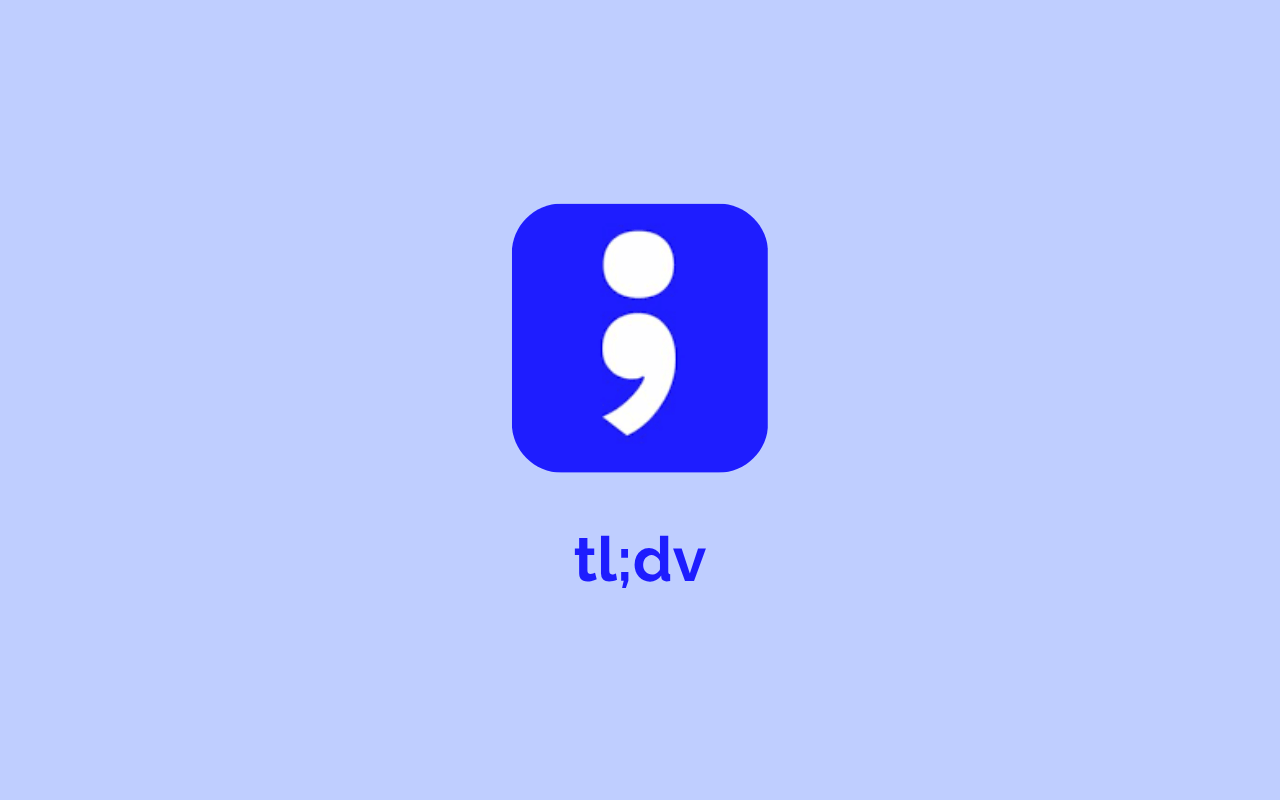Prospecting just doesn’t work.
Does this sound familiar to you?
Many salespeople despise prospecting.
But the truth is that what they hate is not, in fact, the interactions, but cold outreaches. But in the end, prospecting is all about creating a relationship.
Unfortunately, most sales reps use ineffective or outdated sales prospecting tools and techniques, which leads to frustration and, of course, fewer leads.
Like the gold prospectors of the 19th and 20th century, you need to explore, research, and comb through many potential clients to find the golden ones.
However, much like modern mining, modern prospecting has changed a lot, and you don’t have to go through thousands of lists and write thousands of emails to find a customer willing to pick the phone and talk to you.
Sales prospecting is like every other aspect of the sales process, and there are many ways to do it. Some of them wrong, some of them fantastic. Today, we’ll focus on some amazing prospecting tools for you to prospect like a boss.
The truth is we don’t want you to pan gold forever; at least not by hand. It’s all a matter of working intelligently and using tools to make it all easier.
This incredible post talks about
4 ways sales prospecting can help your business
1. Increasing Your Bottom Line
2. Promoting Your Products and Services
4. Boosting Your Brand Awareness
10 sales prospecting tools
2. LinkedIn
3. Hunter
4. Owler
6. MailChimp
7. Outreach.io
8. Demodesk
9. Prospect.io
10. Spotio.com

How sales prospecting tools can help your business
Prospecting often feels like heading to uncharted territory, and, to be honest, it kind of is.
You go to a market you don’t know and start generating good content and offering great services to attract customers; then, you sift and qualify these customers to separate the good from the bad to, ultimately, nurture them with something of value.
In a nutshell, customers now represent your new gold, and all your sales team are prospectors in charge of finding them to grow your business.
In general, prospecting tools can help you with 4 basic parts of your sales process:
1. Increasing your bottom line
Sales prospecting tools can help you find more potential clients or people interested in your product; and, if done well, prospects will become leads and then clients. Prospecting is a tool you can use to warm your potential clients and make them aware of your existence.
The important part here is making sure you’re focusing only on the prospects that truly qualify. You don’t want to spend time on a person that doesn’t need your service.
Let your prospects know that there are no tricks or obligations behind your contact and ease their fears of communicating with you.
2. Promoting your products and services
When you’re prospecting, questions are your main tool. Promoting means using these questions to offer value, not to force-feed solutions.
Be careful about this. Promotion is tied to brand awareness to building trusted relationships, not to pushing your products to customers.
Besides, remember that people buy from trusted sources and that’s where prospecting and promotion go hand in hand.
Meet the needs of your prospect before you show your cards. Sell the problem and the solution, not the product.
3. Capturing leads
We’re not in 1987 anymore. Prospects are sometimes more informed than you and me and you can’t take the “I’ll do the talking approach.”
Instead, let them talk; that way, you’ll learn more about their pain points, and you can tailor your offer to their needs. The key here is personalization, the more personal your prospecting style is, the better for your leads.
Dial your selling down a notch and develop and nurture your prospects before even trying to qualify them.
4. Boosting your brand awareness
Remember that you’re as strong as your network; if you start thinking of your prospects as money bags, you won’t be able to create a relationship with them and your brand will definitely suffer from it.
This prospecting strategy allows you to make lasting brand impressions as users transition from awareness to consideration to purchase. And it doesn’t stop there because it helps you retain your customers and leverage them as advocates.

Curated list of sales prospecting tools

1. Facebook Messenger
Facebook has become more than just a place for you to upload your pictures and chat with your friends. Nowadays, businesses are using social tools like chatbots and direct messages to raise their brand awareness and reach prospects easily.
By now, you probably know you can use Facebook Messenger for prospecting. And if you don’t, wake up and smell the coffee.
The best part of adding Messenger to your prospecting tools suite is that you can qualify your prospects quickly by looking at their profiles. Messenger is also immediate and gets to your prospects in a non-obtrusive way that enables you to have valuable interactions without scaring your prospects away.

2. LinkedIn
In case you didn’t know, LinkedIn is not only the social media you go, upload your CV. In fact, LinkedIn has become an ecosystem teeming with life and sales opportunities. As of 2018, almost 500 million people use LinkedIn but keep in mind that you shouldn’t cast an indiscriminate net across the endless LinkedIn universe.
Instead, try and make that prospect list manageable by narrowing it to your ideal customer and start to nurture those prospects. Join LinkedIn groups to create brand awareness and use the search function to find your ideal customer profile.
Add value to your interactions and don’t simply engage. Keep track of your prospects’ profile as well as their own journey and use those details to tailor your approach. That way, rather than writing cold, you’d be making data-driven decisions that will probably help you close more deals.

3. Hunter
Have you ever dreamed of targeting decision-makers with a single click?
If you have had to spend hours looking for your prospects’ email addresses, you should probably have.
Hunter finds your contacts’ addresses and lets you enrich your database in a second, saving you time and helping you focus on actually engaging with your prospects.
Hunter verifies and validates the addresses, so your emails never bounce anymore, giving you useful and actionable information about your prospects in a few seconds.
Just make sure your first interaction adds value and is not a run-on-the-mill sales pitch, and you’ll be fine.

4. Owler
Let’s say you already found tons of email addresses. Now, the most sensible choice would be doing a bit of research, isn’t it?
Well, that’s when a tool like Owler comes into play. The tool lets you search your prospect’s company profile so you can draw a clear picture of their assets, history, and news.
The tool gives you a comprehensive display of any company as well as general information about the company’s top executives and financials. Use Owler to fill your report sheet with all the insights you need to make a data-driven approach.

5. Ninja Outreach
But maybe just knowing about your prospect company is not enough for you, and you want more information about it. If that’s the case, don’t despair, Ninja Outreach can help you.
With this tool, you can find influencers and business leads in almost any niche and country. Type your keywords, and the ninja will reveal thousands of potential prospects for you really quickly.
Also, Ninja Outreach lets you store thousands of different contacts and organize them in different folders so you can filter your prospects in accordance with different campaigns.

6. MailChimp
At this point, you probably know Mailchimp, but if you don’t, MailChimp is a powerful marketing tool. In this article, we’ll focus on its great email template tool.
With MailChimp, you can create amazing and visually appealing templates for you to start reaching your prospects.
Using its intuitive drag-and-drop interface, you can customize all the elements of your email, from the font to the subject line to the in-mail graphic design and branding elements.
The best part of MailChimp is that beginners can jump straight into it and use it without thinking a lot about it.

7. Outreach.io
You have written the perfect mail, and your template is customized to the max. Now what?
Outreach optimizes every customer interaction throughout the customer lifecycle. The platform helps you manage your interactions with your prospects across social media, email, and voice, guiding you to take the best course of action. Outreach allows you to set automatic touchpoints for prospects as well as to detect replies and follow up if there are no replies.
That way, you make sure you’re driving predictable, measurable growth and efficiency rather than wasting your time and your prospects’ in interactions that won’t provide value.

8. Demodesk
You made it; your prospects are ready to become leads and the time to qualify them has come. You need to book a demo with them before the deal loses steam.
What do you do?
You send them your Demodesk link so they can book a demo when they feel like it.
This is the less obtrusive and friendliest way to book a meeting. Rather than pushing a time that’s convenient for you, you set your availability and ask the prospect to choose a time and a date.
Demodesk automatically creates a unique meeting link for every demo. The session is entirely private and your prospects can join instantly without having to download anything.
Demodesk lets you automate scheduling and preparation and integrates with your existing prospecting process, so you don’t lose time with repetitive tasks anymore.

9. Prospect.io
Now, the last part: analysis. Data feeds growth, and data-driven businesses grow faster and stronger.
Prospect.io stores and analyzes all your data, so you have a quick glance at everything, anytime. With this tool, you won’t ever have to worry whether or not your prospect opened your email, clicked the link, or even if it signed up already.
Prospect.io lets you follow up and keep an eye on your prospect flow from a single dashboard, relieving you from the headaches that come with having thousands of prospects that need your attention.

10. Spotio.com
Spotio is a prospecting tool designed for reps, managers, and operations to address and solve three key issues: Getting more of the right leads, boosting the productivity and output of field sales reps, and analyze sales processes. They have an intuitive mobile app for reps and a web application for managers.
Key takeaways
- Even if you do mass prospecting, you need to keep it personal no matter what
- Keep prospecting unobtrusive, especially if you’re doing it on social media
- Prospecting is a process and has steps, don’t try to rush it
- In 2019, there’s no reason for you to prospect manually
- Data drives growth and increases accountability
Are you looking for an updated list of the best inside sales tools? Find the Top 20+ Sales Prospecting Tools to Fill Your Pipeline article here.








%201.avif)





